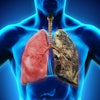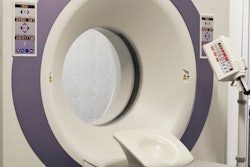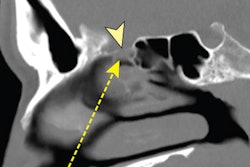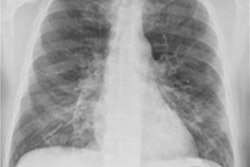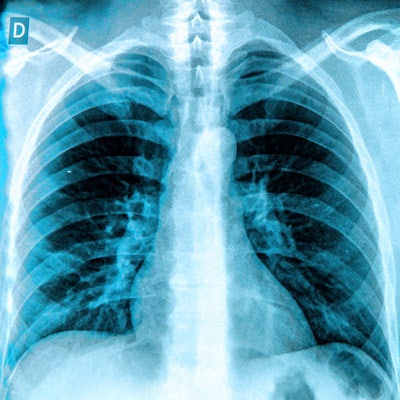
Chest x-ray is essential for identifying blunt thoracic injuries in emergency departments, but it misses more than half of minor injuries identified on CT, according to a study published June 19 in the American Journal of Emergency Medicine.
Emergency medicine researchers from the University of California, San Francisco compared imaging findings in blunt trauma patients who underwent both chest x-ray and CT and found that although chest x-ray identified most major injuries, it proved to be inadequate as a screening tool when used alone.
The study finding doesn't mean chest x-ray should be put aside as an evaluation tool, however, the authors said. It's considered an integral part of thoracic injury screening protocols in adult blunt trauma patients and has been validated as an instrument to help guide selective use of chest CT for the indication, which reduces costs as well as radiation exposure.
"We do not suggest that the [chest x-ray] should be completely abandoned in adult blunt trauma evaluation," wrote co-authors Dr. David G. Dillon, PhD, and Dr. Robert Rodriguez, who notably recently served on a panel advising President Biden's administration on a COVID-19 vaccine strategy. "The [chest x-ray] is still useful for screening low risk trauma patients and it is an essential component of our NEXUS Chest CT decision instruments, which safely guide selective chest CT utilization with reductions of as many as 38% of chest CTs."
That being said, the screening performance of chest x-ray for blunt trauma has been unclear, the authors noted. So they sought to assess the screening performance of chest x-ray alone and identify significant injuries it misses compared with CT in adult blunt trauma patients.
Dillon and Rodriguez conducted a secondary analysis of data from a previous study conducted between August 2011 and May 2014 at nine urban level-1 trauma centers in the U.S. The study included 4,501 participants who had been injured primarily in motor vehicle accidents and had received chest x-rays followed by CT scans. Injuries were categorized as clinically major or minor.
Chest x-ray missed injuries in 818 patients (54.7%), of which 63 (7.7%) were classified as major injuries. The most common missed major injuries were sternal fractures, spinal fractures, and aortic injuries, while the most common missed minor injuries were pericardial effusions, sternal fractures, and mediastinal hematomas.
| Common blunt trauma injuries missed on chest x-ray | |
| Type of injury | Percentage missed |
| Major | |
| Sternal fractures | 66.7% |
| Spinal fractures | 48.7% |
| Aortic injuries | 35.3% |
| Minor | |
| Pericardial effusions | 71.4% |
| Sternal fractures | 66.8% |
| Mediastinal hematomas | 65.2% |
"When used alone (without other trauma screening criteria), [chest x-ray] has poor screening performance for blunt thoracic injury," the authors concluded.




